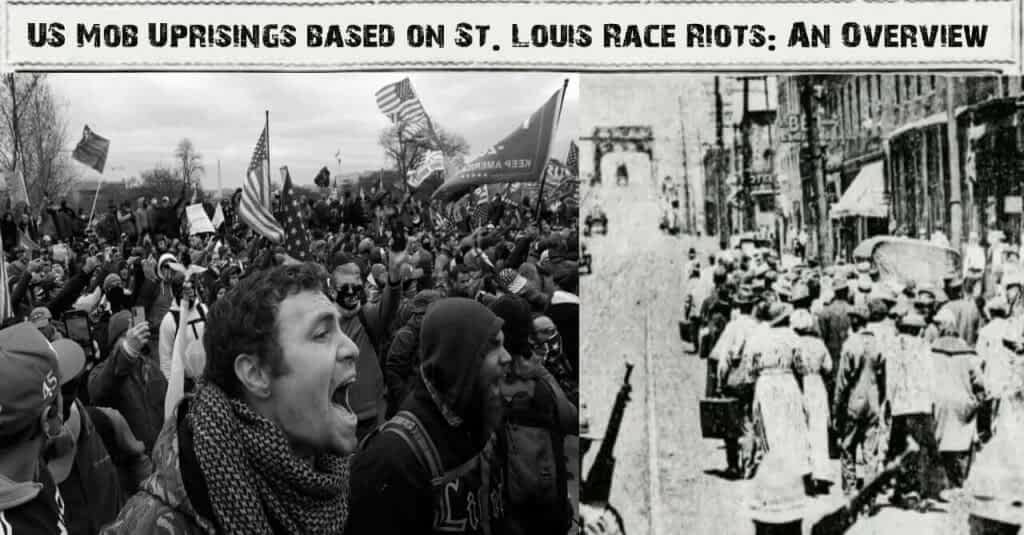US City Political Corruption Based on St. Louis Race Riots: An Overview
It has been assumed by the scholars, politician, and historians that in the political history US, several uninvited issues came into view since the US entered into the powers. The riot has always been a part of the oral history of the region. The racial unrest and city corrupt politics observed in East St. Louis has been crucial in examining the state of political unrest in the United States, definitely not. The riot has never been forgotten in East St. Louis, where hundreds of African Americans were killed and their houses and businesses burned to the ground on that sultry July day in 1917. Many agree that July 2, 1917, was a rational, political, and social event. Instead of acting as mobs, the whites were motivated by a particular goal: to stop the rising of blacks and expel them from their city (Rudwick, 1964). Concerning city corrupt politics in US, these riots are being perceived as one of the great political instabilities in the US politics.
With political instability, other factors, such as social, racial, and religious aspects also are driven while discussing such riots. A race brawl broke out on May 28 in East St. Louis in the months leading up to the July pogrom (McLaughlin, 2002). The short-lived violence was prompted by labor reasons, but racial hostility would develop until July following the May rebellion. African Americans in the South faced deep racial animosity and violence, as well as unfair voting methods and poverty, and the world still remembers this as an example of corrupt municipal politics in the United States. Cheap immigrant labor flowed into the United States because many industries were contracted to produce wartime equipment.
Furthermore, when discussing the history of US politics, it is impossible to avoid discussing the role of black riots as well as mob uprising that ultimately present the bad picture of political instability in US. However, the vast majority of departing blacks had no idea that they would be utilized as strikebreakers by the government (Rice, 2011; (Bachelier, 2017). Slaughterhouses, chemical facilities, and mining industries employed African Americans in East St. Louis. Blacks were used as strikebreakers as labor tensions rose and whites went on strike. As the employment market got overcrowded and the influx of African Americans into the city by the thousands persisted, tensions between white workers and union officials grew (Lumpkins, 2008). The city was rocked by political bloodshed, but it was quickly put out of its misery. The political weakness, lawlessness, and corruption related to city politics has been assumed from the happening of such uprising occurred in US. The overall lawlessness proved to be misconduct of the political mishandling and social injustice, and such example has never been observed before.
In concluding remarks, in the political history of US, such mob uprising denoted the best exposure of the political, social, and religious instability. All incidents related to such uninvited riots always penetrate the real picture of lawlessness and weak politics that has been observed in US. Additionally, there are several incidents in the history of mankind, but racial differences and weak political denomination has never been recorded before such riots occurred in US.

